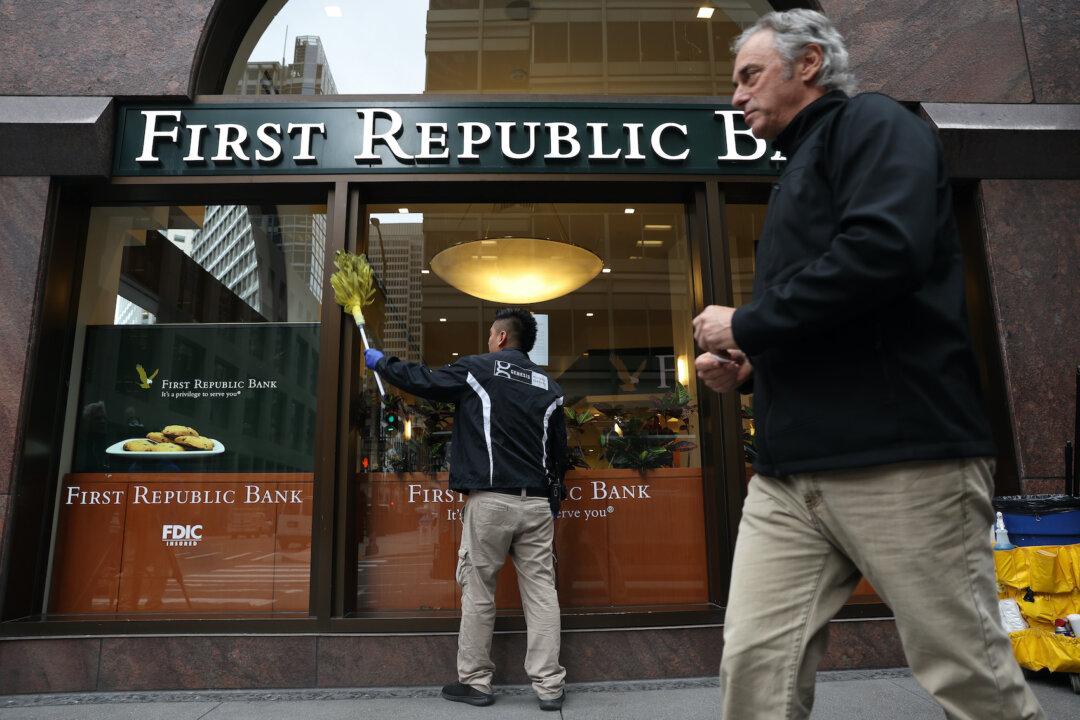Top investors at the annual Milken conference have warned of more economic pain to come after the collapse of First Republic Bank.
Attendees at the conference said that the third seizure of a U.S. regional bank by the Federal Deposit Insurance Corporation (FDIC) since March is threatening to constrain credit and accelerate the path toward a severe economic slowdown.





